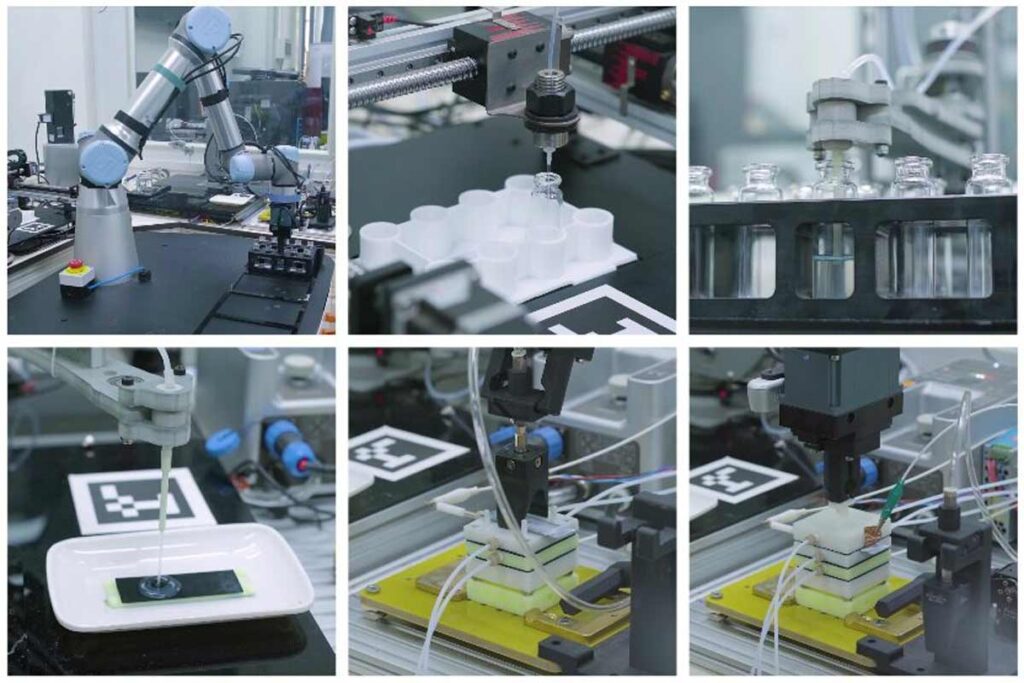Since humanity’s first steps on the moon, the ultimate goal of lunar exploitation has been the establishment of a lunar settlement. However, limited fuel and oxygen supplies make human survival on the moon difficult.
The artificial production of hydrocarbon fuels as well as oxygen using carbon dioxide and water as feedstocks has been demonstrated to be feasible on Earth. It is recognised as a potential strategy to be replicated in extraterrestrial sites. With the rapid advancement of moon exploration, researchers have discovered that the moon’s surface has significant carbon dioxide and water reserves. They have confirmed the feasibility of the concept.
In light of this, a joint research team from the University of Science and Technology of China, Nanjing University, and the China Academy of Space Technology discovered that the lunar soil returned by the Chang’e 5 mission. This can be used as a catalyst to drive electrocatalytic CO2 conversion for fuel and oxygen production.
This efficient extraterrestrial fuel and oxygen production system is expected to help human civilization progress toward extraterrestrial settlements. The findings were published in the National Science Review.

“In situ resource utilisation of lunar soil to produce extraterrestrial fuel and oxygen is critical for human Moon exploitation missions. Given the scarcity of human resources at extraterrestrial sites, we proposed using a robotic system to perform the entire electrocatalytic CO2 conversion system setup” Yujie Xiong, one of the study’s lead authors, says.
The lunar soil used in this study was supplied by the China National Space Administration (CNSA) (sample number: CE5C0400). It is the first lunar soil returned to Earth since the Soviet Union’s LUNA 24 mission in 1976. The moon soil was used as a catalyst by the researchers, who directly loaded the copper onto the lunar soil.
The lunar soil was loaded with Cu species and used for electrocatalytic CO2 conversion. It resulted in significant methane production. Furthermore, at 600 mA/cm2, the selected component in Cu-loaded lunar soil could produce CH4 at a rate of 0.8 mL/min and O2 at a rate of 2.3 mL/min.
“Because of the complex system setup, the unmanned operation of the CO2 conversion system is regarded as one of the bottlenecks to realising the technology’s application,” Yujie Xiong explains.
Given the scarcity of labour at extraterrestrial sites, a robotic system operating such an electrocatalytic CO2 conversion is highly desirable. The research team attempted to simplify the electrocatalytic CO2 conversion system setup in order to meet the operational requirements of the robotic system in this regard. Their developed robotic system was capable of controlling the entire process, from catalyst preparation to electrocatalytic system setup.

